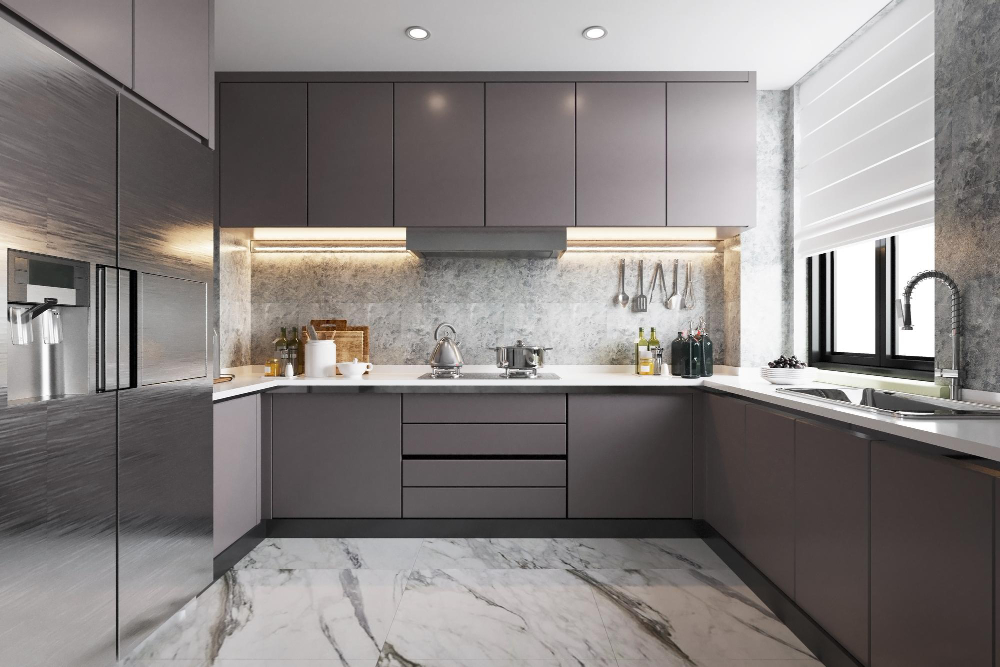Dublin’s residential property market is navigating unfamiliar territory, raising both opportunities and obstacles for buyers and sellers alike.
Opportunities
On the one hand, the Irish economy continues to perform strongly with GDP forecast to grow by between 4-5% in 2023. The labour market also continues to outperform expectations with the highest number of people on record now in employment.
According to the CSO, the unemployment rate remains historically low at 4.1% in July.

Obstacles
On the other hand, the market is facing several hurdles. Although consumer price inflation continues to decline, having fallen from an annual rate of 7.5% in January to 5.8% in July, it remains at an uncomfortably high level.
In addition, consecutive ECB interest rate increases have put pressure on affordability. While demand remains exceptionally strong, both factors have impacted the budgets of purchasers who are now increasingly price sensitive and selective in their buying decisions.
Buyers are adopting a more cautious approach, some waiting on the sidelines until a change in interest rates and borrowing costs materialise or better value opportunities present themselves.
Fluctuating Property Prices
As such, some of the heat that had been seen during the pandemic has now dissipated and this has been reflected in price movements within certain parts of Dublin.
According to the CSO, in the year to July, house prices fell in Dun-Laoghaire Rathdown and Dublin City by 2.5% and 3.8% respectively. During the same period, prices increased in Fingal and South Dublin by 2.2% and 2.8% respectively.
Overall, residential property prices in Dublin decreased by 0.9% in the year to July.
Preference for turnkey homes
In general, well-located homes in turnkey condition are inevitably attracting the greatest demand, with buyers wary of properties needing significant retrofitting or extensive renovations unless they can negotiate a lower purchase price to factor in higher build costs. There will always be exceptions to this, but generally buyers are exceptionally discerning at present – and where we will see significant interest and multiple bids on one home, the opposite may be true of another.

Supply Challenges
Supply in Dublin remains exceptionally low with just over 3,400 homes for sale in June according to Daft.ie, a fall of 3% compared to a year ago. The supply of homes for sale in Dublin continues to be impacted by difficulties in the construction sector.
Delays in the planning approval process and the increased incidence of judicial reviews have made it more challenging to achieve planning permission, while higher build costs and interest rates have impacted the viability of many projects.

Seller Hesitancy
Hesitancy on the part of sellers is also a big factor constraining supply in Dublin. In most cases, their family home is their primary asset which they need to sell in order to buy – with most being unwilling to go into rented accommodation while also being unable to compete with other, chain-free buyers when looking to downsize.
Key Takeaways
In conclusion, continued economic growth and supply shortages are likely to limit price decreases in the Dublin market going forward due to a combination of significant household savings and buyer support. This will allow other factors such as population growth and employment activity, in tandem with sluggish supply, to keep upward pressure on prices albeit at a more moderate pace of growth than what we have experienced over recent years.
